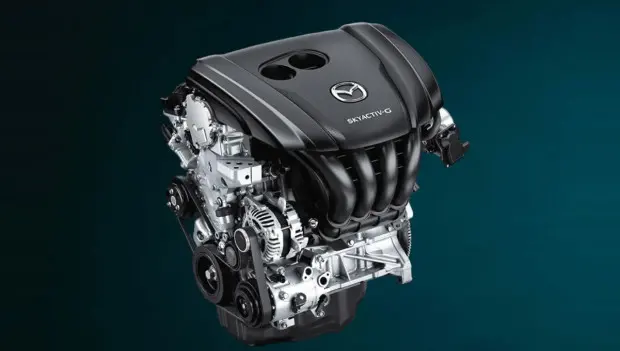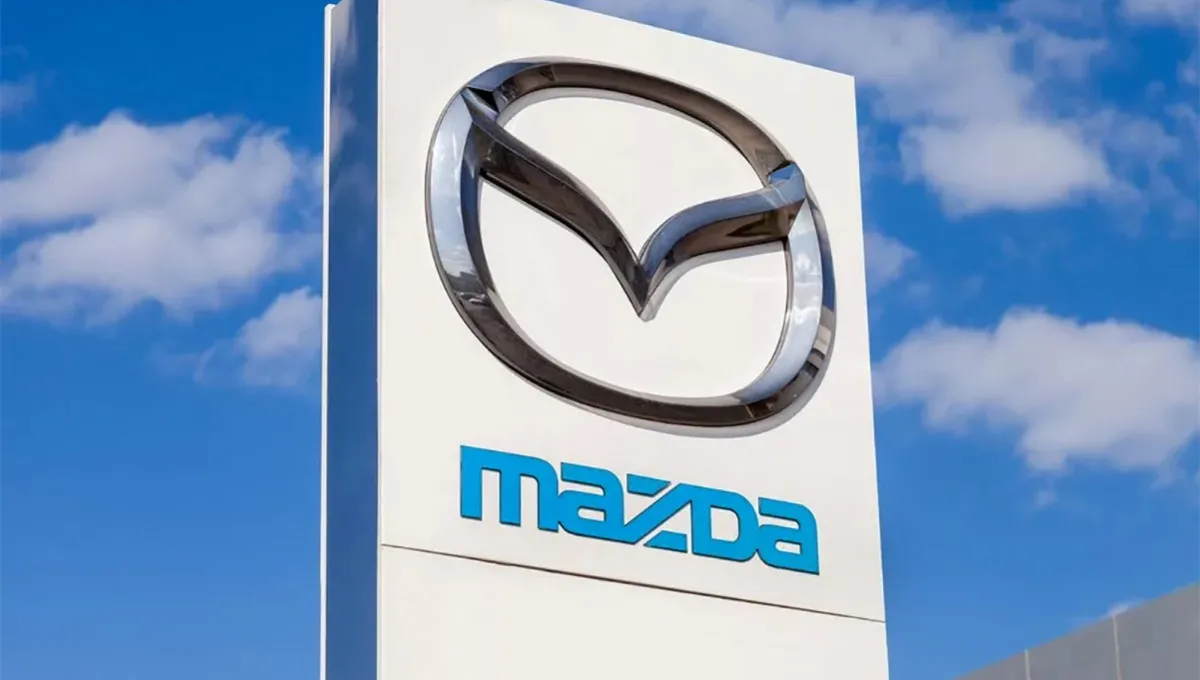Mazda Skyactiv Engines: How They’ve Proven Themselves After 15 Years on the Road
Can Mazda’s Skyactiv engines still be trusted after all these years? Experts share some surprising conclusions.

Mazda’s Skyactiv engines made their debut in 2010 and immediately drew attention. Over the years, these powerplants have impressed many drivers with their durability — but there are some details worth knowing. As it turned out, things weren’t quite as straightforward as they first appeared.
When Mazda introduced the new Skyactiv generation in 2010, the goal was to deliver both efficiency and performance. Engineers implemented a high compression ratio and direct fuel injection — a bold move at the time. Now, 15 years later, it’s finally possible to assess whether the gamble paid off.
The Skyactiv engines have earned a reputation for being exceptionally tough and dependable, rivaling even Honda’s legendary K-Series motors in longevity. This success comes down to a combination of smart engineering solutions.
The Skyactiv-G features a 14:1 compression ratio, allowing for highly efficient fuel combustion. Its pistons have a domed design with a central cavity that promotes better mixture burn. Mazda’s engineers also used long 4-2-1 exhaust manifolds to reduce heat load and equipped the engines with special connecting rods and roller-type rocker arms to minimize friction. The result is an engine that, with proper maintenance, delivers outstanding reliability and rarely lets its owner down.
Still, the design isn’t completely flawless. Some Skyactiv-G engines have shown issues with the mass air flow sensor, while carbon buildup is another common concern. Early Skyactiv-D diesels also suffered from premature wear of the exhaust camshaft lobes, sometimes as early as 60,000 miles. These diesel variants proved sensitive to fuel quality, and turbocharger repairs were sometimes needed by 90,000 miles — making the diesel Mazdas less appealing to buyers.
Even so, in 2025 Mazda ranked third in overall reliability according to J.D. Power — thanks in large part to the Skyactiv engines found in all of the brand’s modern models. After 15 years, the Skyactiv powertrain has proven its worth and remains one of the most durable in its class, provided it receives attentive maintenance and the right care during operation.
You may also be interested in the news:

Mazda CX-5 2026: Bigger Screen, Google Built-In, and Gemini Voice Control to Keep Distractions Down
The oversized screen in the new CX-5 isn’t about trends — Mazda says the SUV is now “smartphone-like,” but built with safety in mind.

Geely and Renault Unveil Their “Hybrid System of the Future”: What Sets It Apart
The setup comes in two versions, including a configuration with dual electric motors.

When It's Time to Change Your Car Battery: Not All Americans Recognize the Signs of a Failing One
A dying battery has a habit of letting you down exactly when you need the car most.

Ford 428 vs. Pontiac 428: Which Muscle-Car Heavyweight Really Hit Harder?
Two legendary V8s, one quirky detail — why their stated displacement didn’t quite match the real numbers.

New Diesel Hybrids Coming in 2026: What Audi, BMW, Mercedes, Toyota and Others Have in the Pipeline
About 20 all-new diesel-hybrid models are expected to debut in 2026.